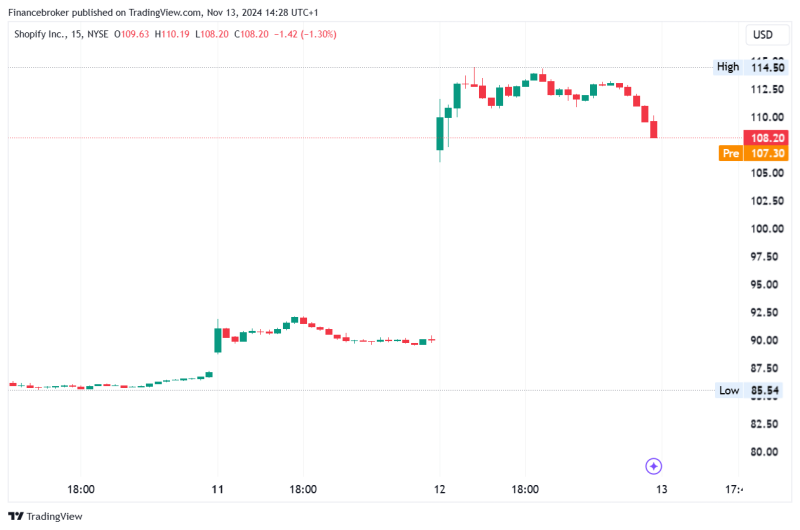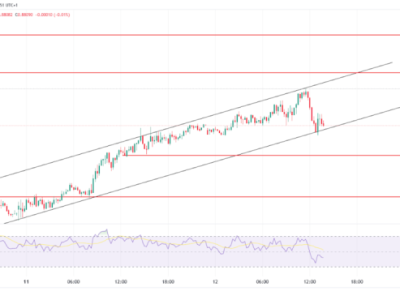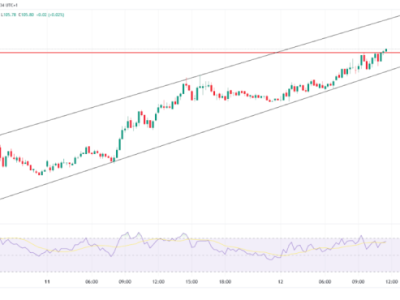
What is and How to Calculate Return on Sales?
Return on Sales (ROS) is a vital financial ratio. It measures operational efficiency by comparing net profit to total revenue. Learn how to calculate ROS, focusing on its role in evaluating profit from sales.
Return on sales ratio – definition
Return on Sales metric is a financial ratio that measures a company’s operational efficiency. It calculates how much profit a company makes from its sales by comparing net profit to total revenue.
To determine ROS, you divide operating income (earnings before interest and taxes, or EBIT) by net sales.
This metric is crucial for assessing a company’s profitability, specifically how effectively it converts sales into profit. Operating expenses, operating costs, and cost of goods sold (COGS) all impact the ROS ratio.
Companies use ROS to analyze cash flow efficiency and improve return on sales, boosting operational efficiency and financial health.
What is Return on Sales (ROS)?
Return on Sales (ROS) measures a company’s operational efficiency. It reveals the profit a company makes from each dollar of sales. A rising ROS shows increasing efficiency, while a falling ROS might indicate financial troubles. ROS closely relates to operating profit margin.
Formula and Calculation of Sales Yield
First, find the company’s net sales and operating profit on its income statement. Use this formula:
ROS = Operating income / Net sales
Operating profit equals earnings before interest or EBIT.
What Return on Sales Reveals
When calculating sales return, investors should note whether companies report net sales or revenue. Net sales equal total revenue minus refunds and credits for returns. Retail businesses usually report net sales, while others report turnover. Here’s how to calculate ROS:
Locate net sales or revenue on the income statement.
Find the operating profit, excluding non-operating activities and expenses like taxes and interest.
Divide operating profit by net sales.
Understanding Sales Profitability
ROS calculates how efficiently a company generates profits from revenue. It shows the percentage of revenue turned into operating profits. Investors, creditors, and others rely on this ratio.
It indicates the company’s ability to generate operating cash flow from revenues, suggesting potential dividends and debt repayment capacity.
ROS compares current and past periods for trend analysis and internal efficiency. It also compares ROS percentages across companies, but only within the same industry due to varying sector margins.
Example of ROS Use
Consider a company with $100,000 in sales and $90,000 in costs versus another with $50,000 in sales and $30,000 in costs. The latter is more efficient. A company can become more efficient by selling more and spending less. Alternatively, they can spend less while making the same or more money.
ROS vs. Operating Margin
While similar, ROS and operating margin differ in formula derivation. Operating margin is operating income divided by net sales, whereas ROS typically uses EBIT as the numerator.
Limitations of ROS
Compare ROS only among similar industry companies with comparable business models and turnovers.
Different industries have varied operating margins, making comparisons using EBIT confusing. For broader comparisons, analysts often use EBITDA to neutralize financing, accounting, and tax policy effects.
This condensed version focuses on active voice and brevity while covering the key points of the original content.
Special considerations
You should compare profitability on sales only among companies in the same industry with similar business models and turnovers. Comparing companies across different industries using EBIT can be misleading due to varied operating margins.
Analysts often use EBITDA, which includes factors like depreciation and amortization, to make more accurate comparisons across different industries and companies. This approach adjusts for the effects of financing, accounting, and tax policies.
FAQ
What is a good ROS ratio?
A good ROS ratio varies by industry, but generally, a higher ROS indicates better efficiency and profitability.
Is EBIT the same as ROS?
Return on sales (ROS) and the operating margin are very similar profitability ratios, often used interchangeably. EBIT (Earnings Before Interest and Taxes) is not the same as ROS.
EBIT shows how profitable a company is, while ROS shows the profit a company makes from sales.ROS measures the efficiency of a company’s profit from sales. ROI measures the return on investment in the company.
What is the difference between ROS and ROI?
ROS (Return on Sales) measures operational efficiency by comparing profit to sales, whereas ROI (Return on Investment) measures the return on the total investment in the company.
What is the difference between ROS and ROC?
ROS (Return on Sales) compares profit to sales to assess operational efficiency, while ROC (Return on Capital) measures the return on a company’s invested capital.
The post What is and How to Calculate Return on sales? appeared first on FinanceBrokerage.










